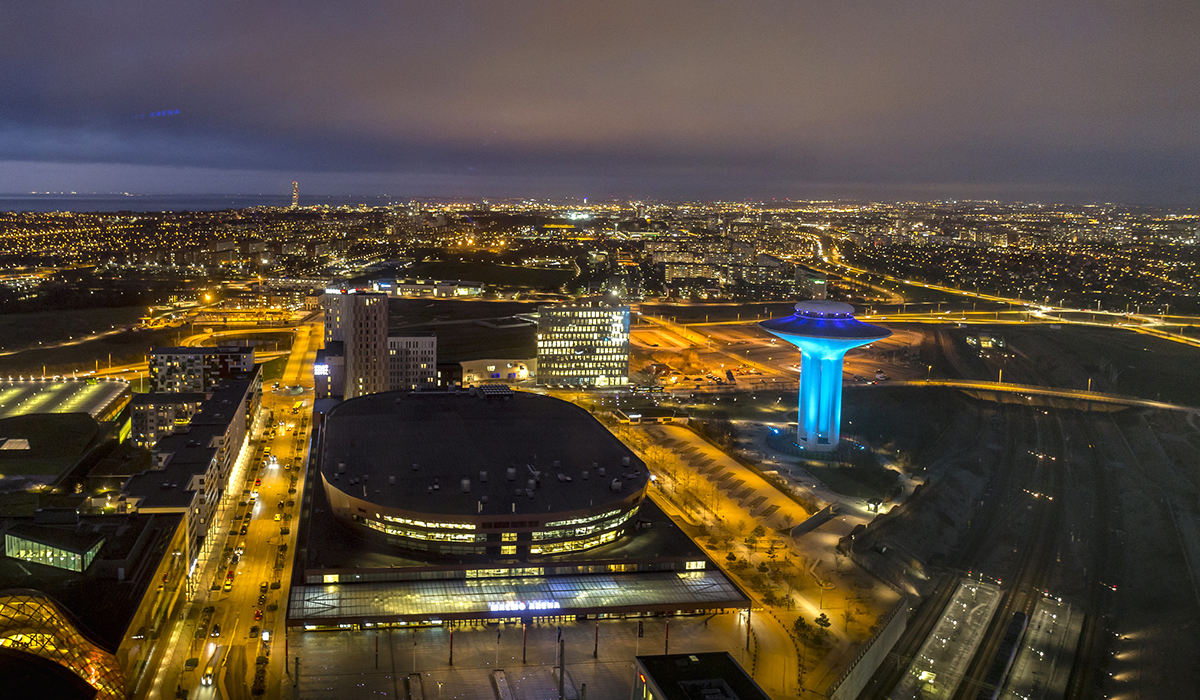
Since its initial mission statement was drawn up in 2010, the area has aimed to source all of its required electricity from renewable sources. As projects have expanded over the past decade, partners have dubbed the approach “prosumer” culture, an integrated energy infrastructure based on a smart grid concept.
(© Maria Eklind)